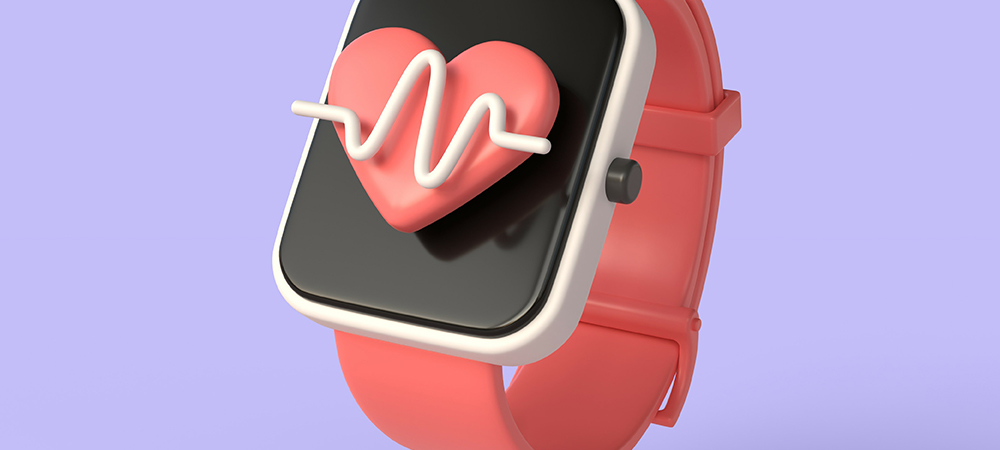In a single day, the heart of an average, healthy adult beats more than 100,000 times. Beat by beat, day by day, a picture begins to emerge — an image that goes largely unseen. Apple Watch can help make the invisible, visible. With heart health features — including high and low heart notifications, Cardio Fitness, irregular rhythm notifications, the ECG app and AFib History – Apple gives users an ever-developing view of their health with actionable insights.
The same advanced technology that provides insights to help users better understand their health also has the potential to open the door to discovery for the research and medical communities. Since Apple launched ResearchKit and CareKit in 2015, researchers, clinicians and developers have found innovative new ways to study, track, and treat a broad range of conditions.
To further drive discoveries that improve health at scale, Apple launched the Investigator Support Programme. Through this programme, Apple provides researchers with Apple Watch devices, enabling them to break new ground in health research, including the scientific understanding of the heart.
Apple is spotlighting the cutting-edge work of health researchers around the world who are using Apple Watch to study the heart like never before
Associate Professor Rachel Conyers and Dr. Claudia Toro are Senior Pediatric Oncologists from Melbourne, Australia, primarily spending their days caring for children in a tertiary pediatric oncology clinic and researching toxicities related to children’s cancer therapies within the Murdoch Children’s Research Institute. Together they are looking at how treatment can impact heart rhythm and are trying to identify innovative ways to intervene. The inspiration for their work comes from their patients — both success stories and heartbreak.
Toxicities in cancer treatment can lead to heart rhythm disturbances, such as prolonged QT syndrome, which can be potentially life-threatening. Prolonged QT creates an irregular heart rhythm, increasing the time needed for blood to flow through the heart.
Because of their susceptibility to long QT, children receiving cancer treatment are routinely screened at least once per week with a 12-lead electrocardiogram, according to Dr. Conyers. However, outpatients still need access to monitoring.
“I read about the Apple Heart Study and I thought this could be important for paediatrics,” said Conyers. “We used to think of cardiac toxicity as something that happened 10 years after treatment. But now we know that new cancer therapies can cause arrhythmias within 48 hours of medication — so there’s a big gap in terms of what we know about the toxicities at the moment.”
In the coming months, Dr. Conyers and her team at the Murdoch Children’s Research Institute will begin researching the sensitivity of the Apple Watch ECG app in 40 children and adolescent patients. From there, the team will look for ways for patients to take their ECGs wherever they are, whenever they’re able. With those insights, the team hopes to better understand the reality of cardiac toxicity and identify potential opportunities for intervention.
Click below to share this article

